Nutritional yeast has become a staple for many health enthusiasts, especially within the vegan and vegetarian communities. Its distinctive cheesy flavor, combined with a rich source of B vitamins and protein, makes it a go-to ingredient for adding that satisfying umami flavor to countless dishes. But what happens when you run out of it, or worse, can’t find it in stores?
Whether you’re looking for a temporary stand-in or a new favorite flavoring, I’ve gathered a list of the Top 10 Nutritional Yeast Substitutes to keep your dishes savory, rich, and healthy. From cheesy, nutty flavors to unique umami-rich ingredients, each option is tailored to meet different flavor profiles, dietary needs, and recipe types.
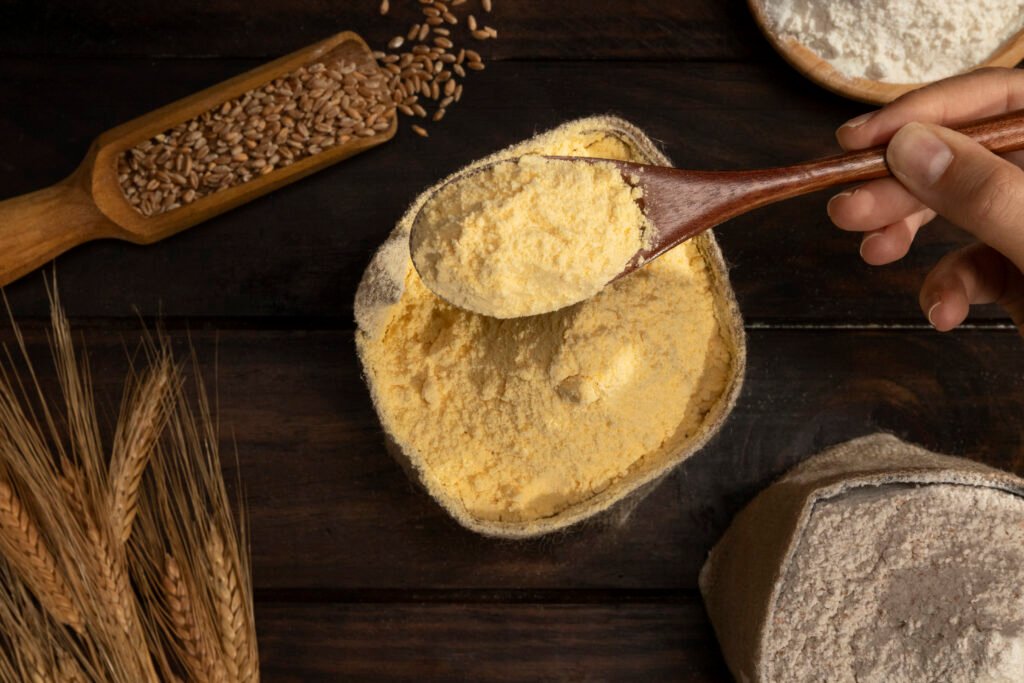
Before diving into the substitutes, let’s clarify what nutritional yeast is and why it’s beloved in plant-based cooking. Nutritional yeast is a deactivated form of Saccharomyces cerevisiae yeast. This ingredient, often referred to as “nooch” in vegan circles, has a nutty, cheesy taste that mimics the savory depth of cheese, without dairy. It’s packed with B vitamins (often fortified with B12), protein, fiber, and trace minerals—making it a fantastic nutritional boost to various recipes.
But if nutritional yeast is unavailable or doesn’t suit your diet, here’s a look at our handpicked substitutes, each with its unique qualities.
Brewer’s yeast, also derived from Saccharomyces cerevisiae, is commonly used in brewing beer. Though it’s not identical to nutritional yeast, it’s one of the best alternatives for achieving that same savory, umami flavor.
Flavor & Texture: Brewer’s yeast has a strong, bitter flavor profile with a slight savory quality. While it’s more intense than nutritional yeast, the flavor can be balanced in dishes with other seasonings.
How to Use: Add in small amounts to soups, stews, sauces, and savory bakes. Use around half the quantity of nutritional yeast a recipe calls for and adjust to taste, particularly in recipes that can handle a richer, heartier flavor.
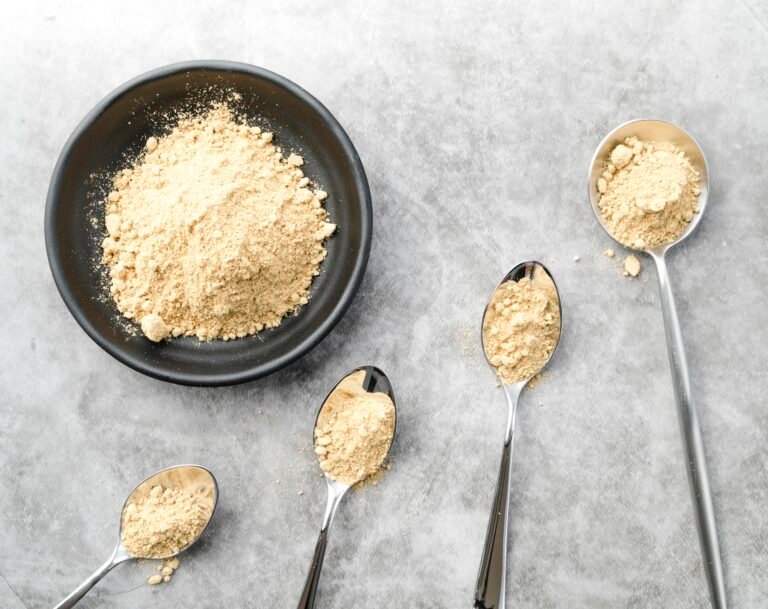
Miso paste is a fermented paste typically made from soybeans and grains. Its umami-rich flavor brings a deep, savory quality to dishes and is an excellent substitute for nutritional yeast, especially in sauces and soups.
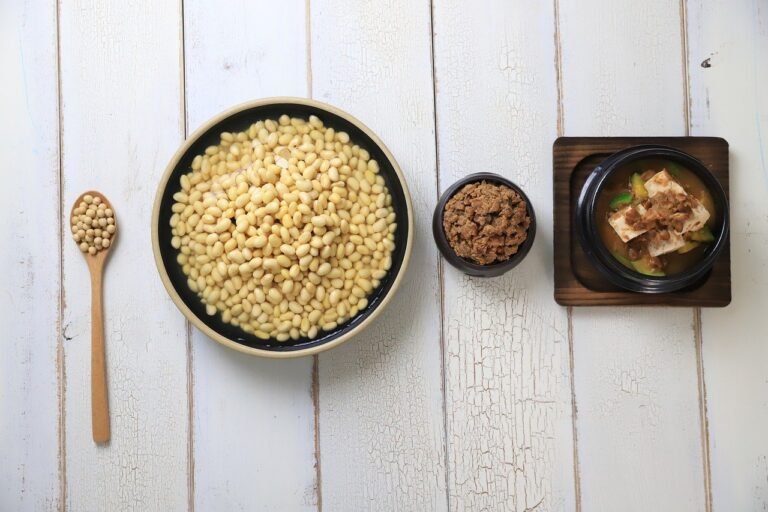
Yeast extracts, such as Marmite or Vegemite, are popular in British and Australian cuisines and deliver a concentrated, savory flavor. They’re made from brewers’ yeast and bring a significant umami kick to recipes.
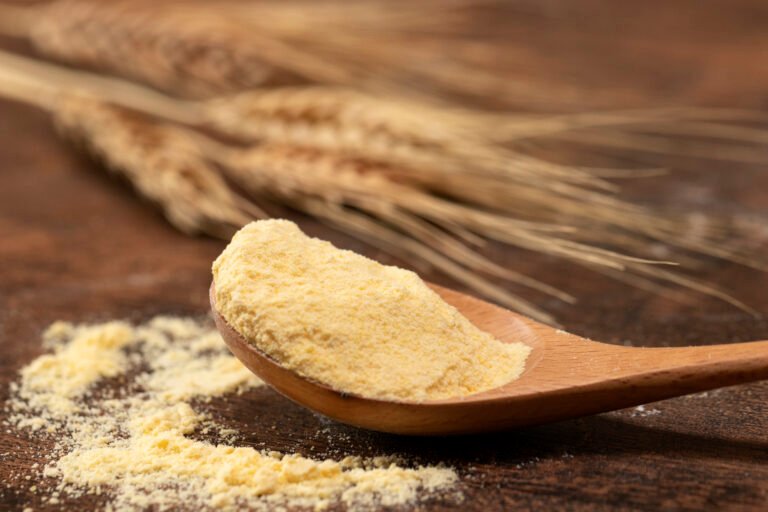
Soy sauce and tamari (a gluten-free alternative) are common pantry staples that can mimic nutritional yeast’s umami flavor. They’re perfect for adding depth to a dish without the need for actual yeast.

Parmesan cheese can serve as a good substitute for nutritional yeast due to its savory, umami-rich taste. For those avoiding dairy, vegan parmesan made from nuts and nutritional yeast alternatives works well, too.
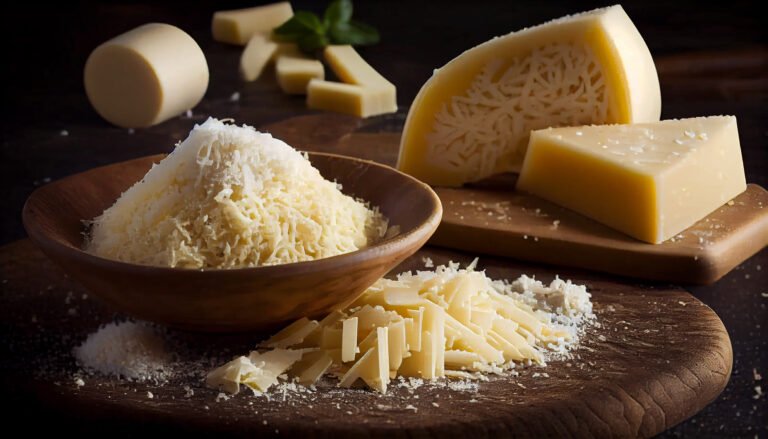
Chickpea flour, or gram flour, can add a nutty, earthy taste similar to nutritional yeast when lightly toasted. It’s an unusual but effective substitute, especially for thickening sauces or adding body to recipes.

Coconut aminos is a soy-free, slightly sweeter alternative to soy sauce. It provides a mild umami flavor without overwhelming saltiness, making it ideal for those needing a low-sodium substitute.

Ground cashews create a creamy, slightly sweet, and nutty powder that can replicate the flavor of nutritional yeast, especially when combined with a pinch of salt or garlic powder.

Smoked paprika doesn’t replicate the nutritional profile of nutritional yeast but can mimic its smoky, umami flavor in recipes needing that savory depth.

Sunflower seeds, when ground, provide a nutty flavor that’s somewhat similar to nutritional yeast. They’re ideal for vegan dishes, adding texture and a mild flavor.

When it comes to finding the ideal nutritional yeast substitute, your choice depends on a few factors, including flavor preferences, dietary restrictions, and nutritional goals. Here’s a breakdown to help you choose the substitute that best fits your specific needs:
By considering these factors, you can confidently select the right substitute that fits both your culinary needs and dietary preferences.

Each substitute offers unique qualities that can enhance a variety of dishes. Here are some usage tips and recipe ideas to help you maximize the flavors and benefits of your chosen nutritional yeast alternative:
Experimenting with these substitutes in different recipes can help you find the perfect balance of flavor, texture, and nutritional value that works best for your tastes and diet.
While nutritional yeast is known for its distinct cheesy, umami flavor and rich nutrient profile, there are plenty of excellent substitutes that can replicate its taste and benefits. Each substitute—whether it’s the rich, umami flavors of miso paste or the creamy texture of cashew powder—offers its own set of benefits, allowing you to adapt recipes to suit both your taste preferences and dietary needs.
In choosing the right nutritional yeast alternative, consider your goals. If you’re looking to match the flavor profile, opt for yeast extracts or smoked paprika. For a similar nutritional benefit, brewer’s yeast or miso paste can provide B vitamins and even probiotics. Each substitute can bring a new and exciting twist to your favorite recipes, from vegan sauces to savory dressings and snacks.
By keeping these substitutes and tips in mind, you’ll have the flexibility to make delicious, nutrient-dense meals without sacrificing flavor or nutrition. Whether you’re vegan, gluten-free, or simply exploring new ingredients, these substitutes can help elevate your dishes and bring you closer to achieving your health goals.